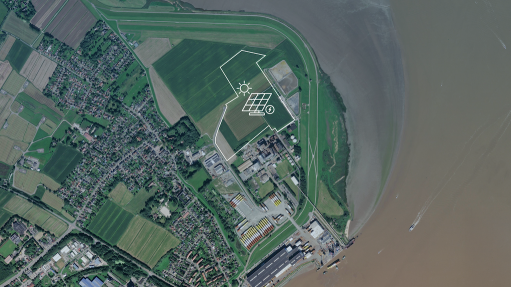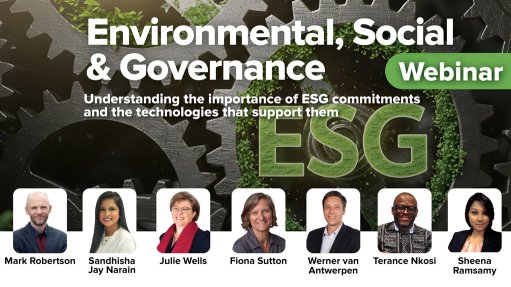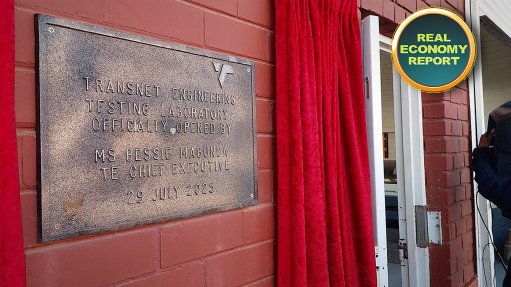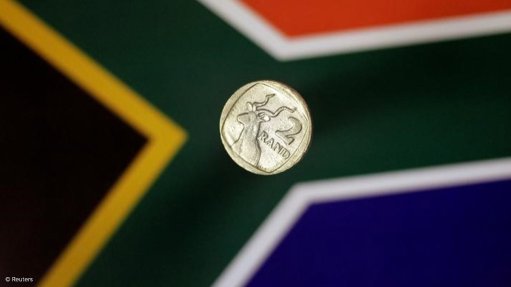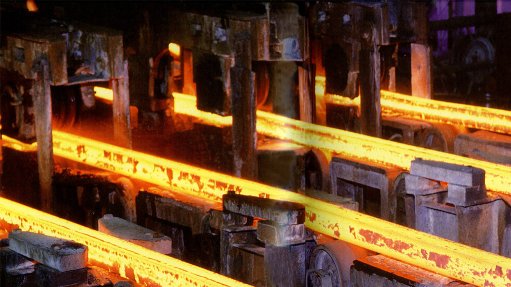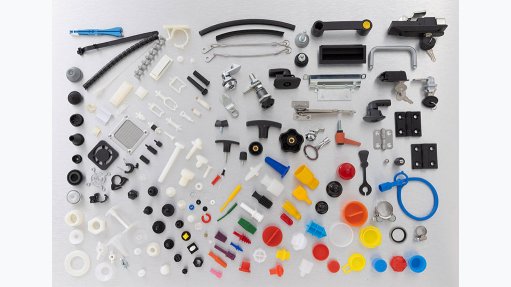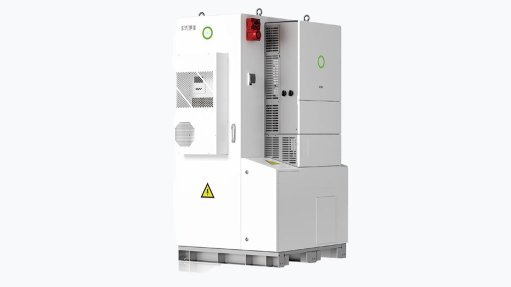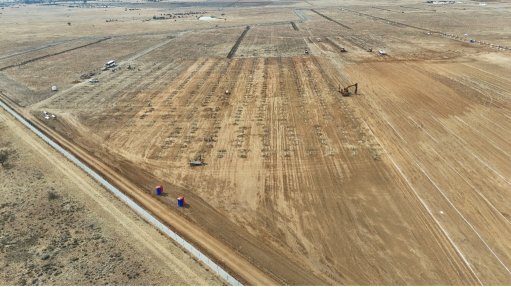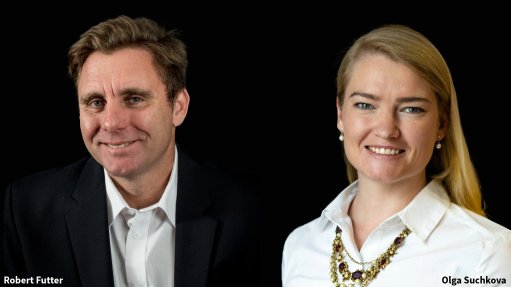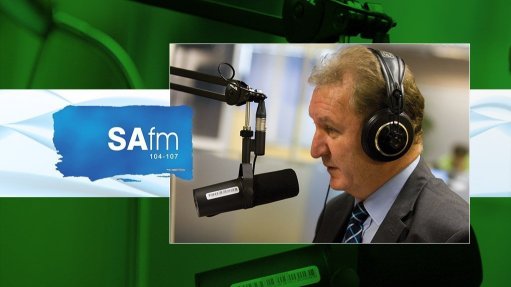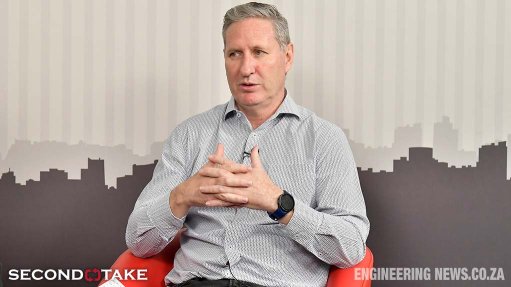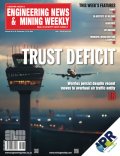Why Solar Still Matters in 2025
This article has been supplied and will be available for a limited time only on this website.
By: Christiaan Hattingh - Managing Director at AWPower
If you’ve been following the solar market in South Africa this year, you’ve likely seen the headlines: residential demand for solar has slowed to its lowest level in five years.
We’ve seen the same trend.
Orders from homeowners are down compared to the peak years of rolling blackouts. Yet, I believe this shift tells us less about the value of solar itself and more about how people perceive it.
The reality is that solar energy has never been more cost-effective or more important for long-term financial planning. But the conversation has changed. In the article below, I will unpack why demand looks different in 2025 and where the real opportunities lie.
Why Residential Demand Has Declined
From our perspective, there are two main reasons homeowners have held back this year:
1. Load shedding has eased: For around 70% of our residential customers, solar was originally a grudge purchase. It wasn’t about sustainability or even saving money, but more about keeping the lights on during outages. When blackouts dominated daily life, the inconvenience was unbearable, and investing in solar felt urgent. With loadshedding less frequent in 2024 and 2025, that sense of urgency has faded.
2. Economic pressure is real: Households are under strain. Rising interest rates, higher food and fuel costs, and general uncertainty have made people cautious about big-ticket items. Solar, while valuable in the long run, often feels like a luxury when families are tightening their budgets.
Taken together, it’s not surprising that fewer households are installing solar systems this year. The emotional and financial drivers that once spurred decisions are weaker.
Why This Thinking Misses the Bigger Picture
Although short-term demand is lower, the strongest reason to go solar has always been long-term savings. This is the part of the story that often gets overlooked.
The cost of grid electricity continues to rise at double-digit rates, while the cost of solar equipment has steadily declined over the past decade. By July 2025, the average cost of grid-supplied electricity in Cape Town was around R3.73 per kWh, compared to R1.56 per kWh when generated from rooftop solar. That’s more than 50% cheaper.
When you fix your energy costs with solar, you’re effectively insulating your household from the unpredictability of Eskom’s tariff hikes. It isn’t about whether the lights will go off tomorrow but more about what your electricity bill looks like in five or ten years’ time.
The Tariff Restructuring Debate
Another factor influencing homeowner sentiment has been Eskom’s restructuring of tariffs. The shift towards higher fixed charges has created uncertainty and some fear. Homeowners read the headlines and wonder if it will undermine their solar investment.
In reality, the actual impact of these changes is often less dramatic than the perception. But perception matters. Fear can delay decisions, even when the underlying financial case for solar remains strong.
We spend a lot of time helping clients cut through the noise. Tariff structures may evolve, but the fundamental truth remains: generating your own power is cheaper than buying it.
Compliance and Registration: More Bark Than Bite
We are sometimes asked whether Eskom’s registration requirements are discouraging homeowners. The answer is no.
While the process does add complexity, it’s standard across the industry and part of ensuring systems are safe and compliant. Most of the clients we work with accept this once it’s explained clearly.
A Different Story in the Business Sector
While residential demand has dipped, the commercial and industrial (C&I) market tells a very different story. Businesses continue to invest steadily in solar.
Why? Because they look at it through the lens of numbers, not emotions – and they budget for it. If the system pays for itself in three to six years and reduces long-term operating costs, the decision is simple. A factory, retail centre, or office block can forecast savings over decades, and solar becomes an asset with measurable returns.
This rational, financially driven approach has kept the C&I market resilient, even as residential sales slowed.
Where To From Here
As an industry, we have a big responsibility: to educate.
Too often, solar is framed purely as a “load shedding solution” and that narrative served us during years of blackouts, but it’s not the full story.
Solar is not only about energy security but also a financial tool that reduces operating costs, protects households and businesses from rising tariffs, and builds resilience into budgets.
For homeowners, this means shifting the mindset from “do I need solar to survive the next blackout?” to “how do I want to manage my household expenses over the next 10 - 15 years?”
For businesses, it means continuing to view solar as part of their growth strategy, not just a sustainability badge.
Our Take?
The solar market is evolving, and so are the reasons people choose to invest. While residential demand may feel quieter in 2025, the underlying opportunity is stronger than ever.
If you are a homeowner, the smartest time to invest is when the pressure is off and you can plan thoughtfully, rather than react in panic. If you are a business, the numbers already speak for themselves.
We’ve completed more than 500 installations across homes, estates, and businesses. The lesson we’ve learned is simple: those who view solar as a long-term investment consistently reap the biggest rewards.
South Africa’s energy future remains uncertain, but one thing is clear: solar is the surest way to take control of your costs and secure your independence.
Comments
Press Office
Announcements
What's On
Subscribe to improve your user experience...
Option 1 (equivalent of R125 a month):
Receive a weekly copy of Creamer Media's Engineering News & Mining Weekly magazine
(print copy for those in South Africa and e-magazine for those outside of South Africa)
Receive daily email newsletters
Access to full search results
Access archive of magazine back copies
Access to Projects in Progress
Access to ONE Research Report of your choice in PDF format
Option 2 (equivalent of R375 a month):
All benefits from Option 1
PLUS
Access to Creamer Media's Research Channel Africa for ALL Research Reports, in PDF format, on various industrial and mining sectors
including Electricity; Water; Energy Transition; Hydrogen; Roads, Rail and Ports; Coal; Gold; Platinum; Battery Metals; etc.
Already a subscriber?
Forgotten your password?
Receive weekly copy of Creamer Media's Engineering News & Mining Weekly magazine (print copy for those in South Africa and e-magazine for those outside of South Africa)
➕
Recieve daily email newsletters
➕
Access to full search results
➕
Access archive of magazine back copies
➕
Access to Projects in Progress
➕
Access to ONE Research Report of your choice in PDF format
RESEARCH CHANNEL AFRICA
R4500 (equivalent of R375 a month)
SUBSCRIBEAll benefits from Option 1
➕
Access to Creamer Media's Research Channel Africa for ALL Research Reports on various industrial and mining sectors, in PDF format, including on:
Electricity
➕
Water
➕
Energy Transition
➕
Hydrogen
➕
Roads, Rail and Ports
➕
Coal
➕
Gold
➕
Platinum
➕
Battery Metals
➕
etc.
Receive all benefits from Option 1 or Option 2 delivered to numerous people at your company
➕
Multiple User names and Passwords for simultaneous log-ins
➕
Intranet integration access to all in your organisation






